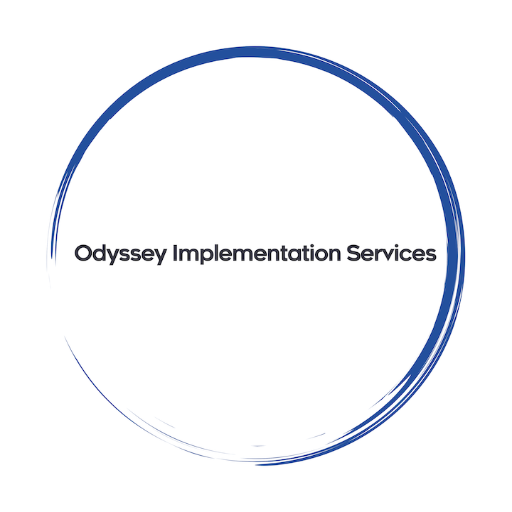In today’s fast-paced business environment, delivering exceptional customer service requires efficient and seamless management of various communication channels. Salesforce Omni-Channel offers a powerful solution to route and prioritize customer interactions across multiple channels, including SMS, phone calls, social media, and more. In this guide, we’ll walk through the process of setting up Omni-Channel in Salesforce Sales Cloud, enabling organizations to optimize customer engagement and drive satisfaction.
Understanding Omni-Channel in Salesforce Salesforce Omni-Channel is a feature within Sales Cloud that intelligently routes incoming customer inquiries or tasks to the most appropriate available agent based on predefined routing rules and agent skills. Omni-Channel supports various communication channels, including live chat, email, phone calls, social media, and custom channels, providing a unified platform for managing customer interactions.
Step-by-Step Guide to Setting Up Omni-Channel
- Enable Omni-Channel: Navigate to Setup > Omni-Channel Settings and enable Omni-Channel for your organization. Customize settings such as presence statuses, service channels, and routing configurations to align with your business requirements.
- Define Presence Statuses: Configure presence statuses to indicate the availability and readiness of agents to handle incoming interactions. Define custom statuses such as Available, Busy, Away, or Offline, and establish rules for automatically updating statuses based on agent activity.
- Create Service Channels: Define service channels to represent the various communication channels through which customers can reach out for support or assistance. Configure channels for live chat, email, phone calls, social media, SMS, or any other custom channels relevant to your organization.
- Configure Routing Configurations: Set up routing configurations to determine how incoming interactions are prioritized and assigned to agents. Define routing rules based on factors such as agent skills, workload, availability, and customer preferences to ensure efficient and equitable distribution of work.
- Assign Skills to Agents: Assign specific skills or competencies to agents based on their expertise, training, or specialization. Skills can include language proficiency, product knowledge, technical expertise, or any other relevant qualifications needed to handle specific types of interactions effectively.
- Test and Optimize Routing Rules: Before deploying Omni-Channel to production, conduct thorough testing of routing rules and configurations to ensure proper functionality and alignment with business requirements. Iterate on routing rules based on test results and agent feedback to optimize efficiency and effectiveness.
Benefits of Omni-Channel
- Improved Efficiency: Streamline the handling of customer interactions and tasks, reducing response times and enhancing agent productivity.
- Enhanced Customer Experience: Provide a seamless and personalized experience for customers across various communication channels, leading to higher satisfaction and loyalty.
- Optimized Resource Allocation: Allocate resources more effectively by distributing work based on agent availability, skills, and workload, ensuring balanced workloads and maximizing agent utilization.
- Real-Time Visibility and Reporting: Gain real-time visibility into agent activity, queue status, and interaction metrics through Omni-Channel dashboards and reports. Monitor performance, identify trends, and make data-driven decisions to optimize operations.
- Scalability and Flexibility: Scale operations seamlessly to accommodate fluctuations in demand and expand support for new channels or services as needed.
By following this comprehensive guide and leveraging Salesforce Omni-Channel, organizations can transform their customer service operations, deliver exceptional experiences, and drive business success in today’s omnichannel landscape. Whether it’s live chat, email, phone calls, or social media, Omni-Channel empowers organizations to engage with customers on their preferred channels and deliver seamless, personalized support at every touchpoint.
